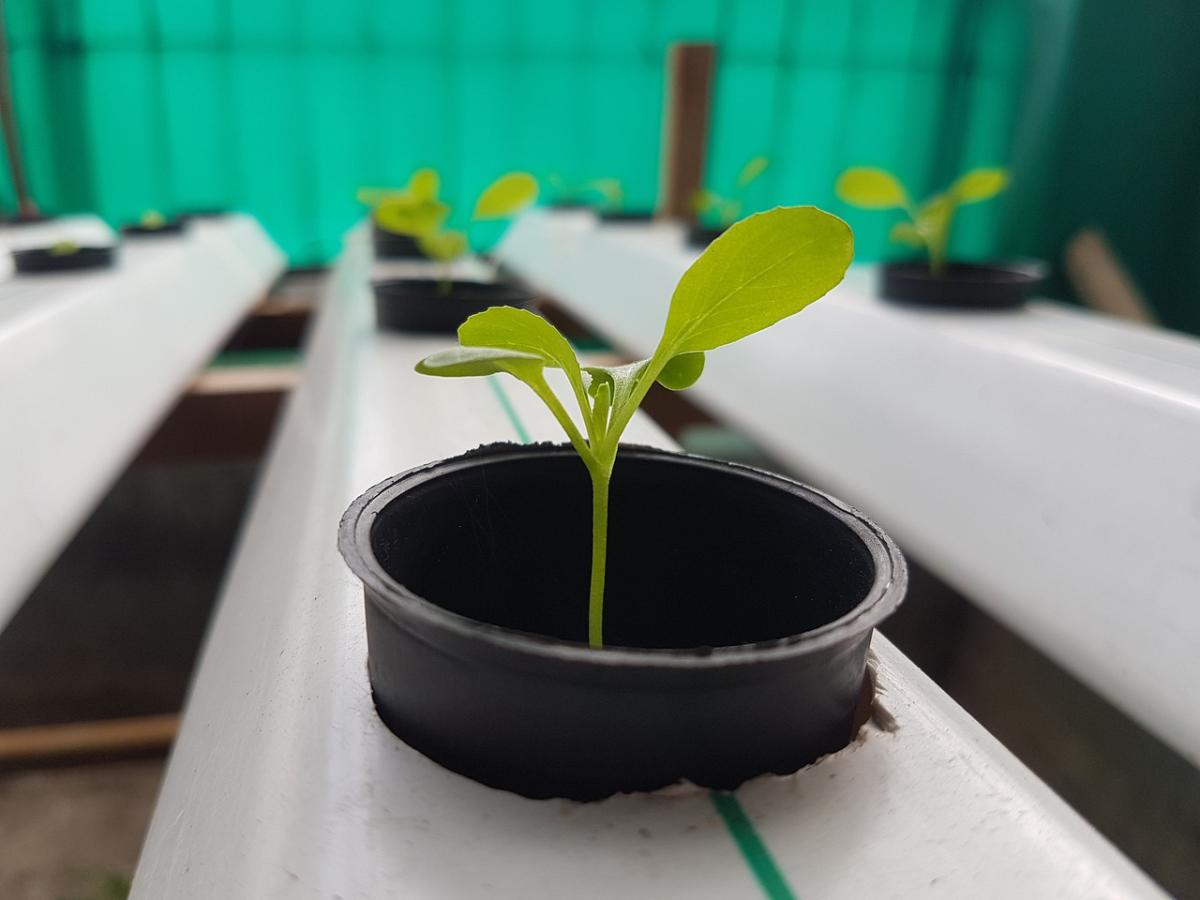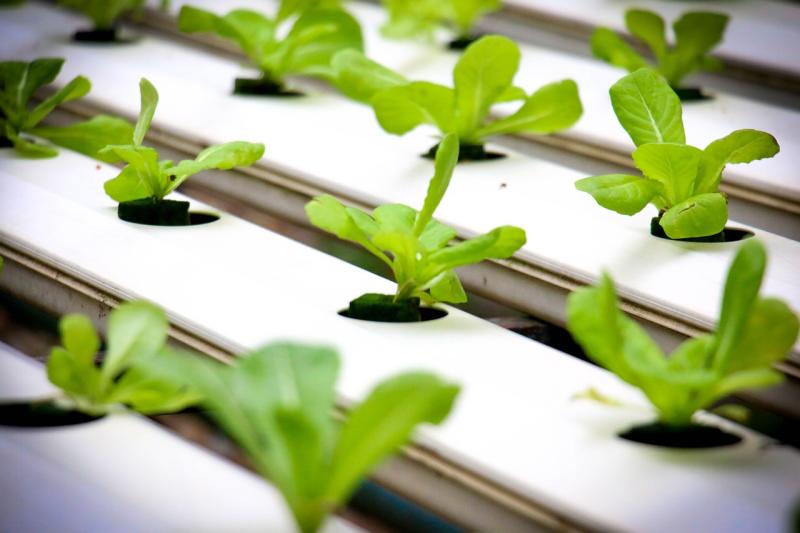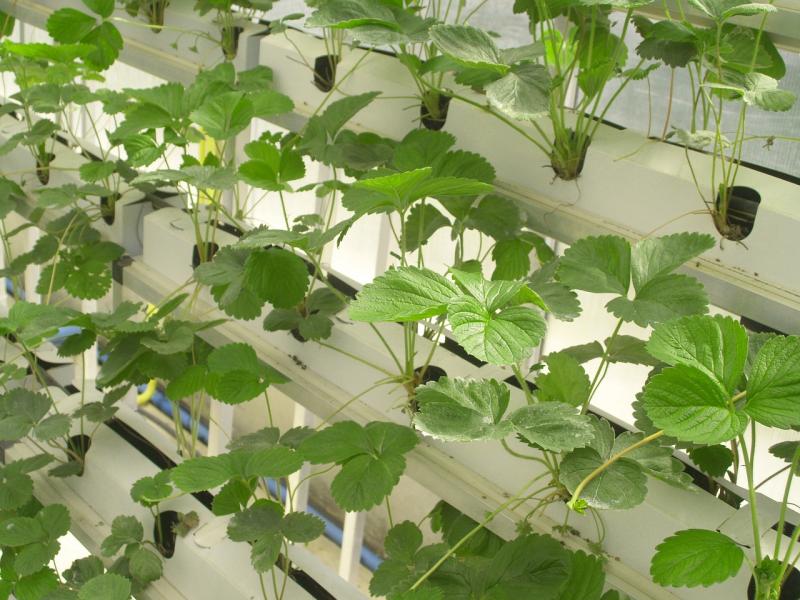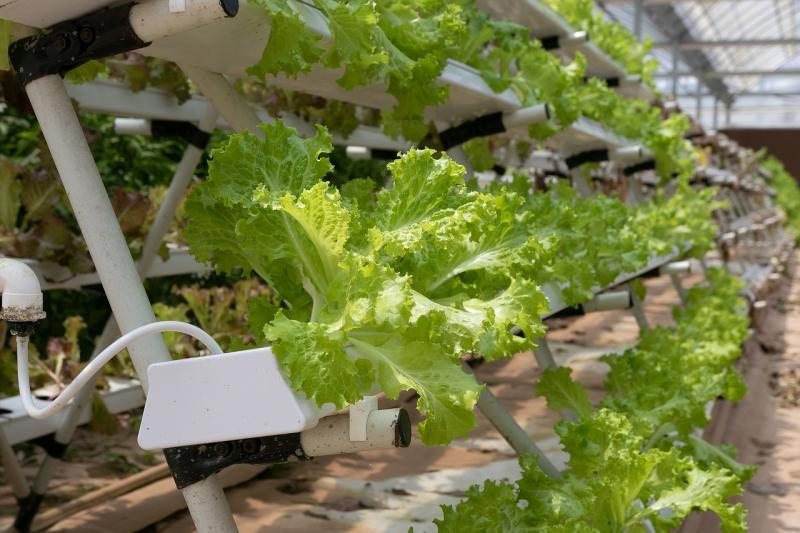Hydroponic growing is a method of cultivating plants without soil. Instead of using dirt, these plants are grown in nutrient-rich water solutions. It's a pretty neat approach that lets you control everything about the growing environment, from nutrients to pH levels. Many folks choose hydroponics because it can lead to faster growth and bigger yields compared to traditional gardening.
In hydroponics, the roots of the plants are either submerged in the nutrient solution or made to hang in the air, where they can absorb moisture and nutrients. This method can be used for a wide variety of plants, including vegetables, herbs, and even some fruits. Whether you have a small indoor setup or an outdoor garden, hydroponics can work for you!
One of the cool things about hydroponic systems is that they require less water than traditional growing methods. Since the water is recirculated, you’re not wasting a ton of it like you might in a regular garden. Plus, you can grow plants in areas where soil quality is poor or even non-existent, making it a great option for urban gardening.
If you're considering hydroponic growing, you don’t need to be a science whiz to get started! There are plenty of beginner-friendly kits available that take care of the complicated stuff for you. You’ll have fun experimenting and watching your plants thrive in this innovative growing system!
Types of Hydroponic Systems Explained
When it comes to hydroponics, there are several different systems that can help you grow healthy plants without soil. Let’s break down a few popular types that you might find handy if you’re thinking about diving into this gardening method.
1. Nutrient Film Technique (NFT)
This setup works by allowing a thin film of nutrient-rich water to flow over the roots of your plants. It’s like giving your plants a refreshing shower! They get just the right amount of nutrients while the excess water drains away, keeping everything nice and tidy. This system is space-efficient and great for growing leafy greens.
2. Deep Water Culture (DWC)
In DWC, your plant roots hang in a nutrient solution, submerged in water. It might look simple, but your plants love it because they get continuous access to nutrients and oxygen. Adding air stones helps pump oxygen into the water, ensuring healthy growth. This system is popular because it’s easy to set up and maintain.
3. Ebb and Flow (Flood and Drain)
This system works in cycles. During the flooding phase, your plants are submerged in nutrient solution, and then it drains away, leaving the roots exposed to oxygen. This allows your plants to enjoy the best of both worlds: nutrient-rich water and fresh air. It’s versatile and works with many types of plants, from herbs to larger vegetables.
4. Aeroponics
Aeroponics takes things to the next level by spraying the roots with a fine mist of nutrients. It's like giving them a concentrated nutrient bath! This high-tech method uses less water and encourages faster growth, making it a favorite among serious growers. If you’re feeling adventurous, aeroponics could be your go-to system!
Benefits of Hydroponic Gardening
Hydroponic gardening might sound fancy, but it's really all about growing plants without soil. One of the biggest benefits is that it saves space. Whether you have a tiny apartment or just a small backyard, you can grow a decent amount of veggies, herbs, or flowers in a compact setup. The systems are flexible, fitting into almost any nook you can think of!
Another great perk is the speed of growth. Since the plants receive exactly what they need—nutrients and water—right at their roots, they tend to grow faster than traditional gardening. This means you can enjoy fresh produce in a fraction of the time, which is perfect for busy folks who want to see quicker results.
Hydroponics can also help you grow healthier plants. Without the soil, you're reducing the risk of pests and diseases that often come with it. Plus, you can control the growing conditions more easily, which leads to healthier, tastier plants. No more wilted lettuce or bug-infested tomatoes!
Lastly, hydroponic systems use water more efficiently than traditional gardening. The water is recirculated, which means you're using up to 90% less water. This not only helps you save on water bills but is also super eco-friendly. It's a win-win situation for both you and the environment!
Getting Started with Hydroponics
Getting into hydroponics can be super exciting! If you’re new to this method of growing plants without soil, don’t worry. It’s easier than you might think. Let’s break it down into simple steps to help you kickstart your hydroponic journey.
First things first, you'll want to choose a hydroponic system that suits your space and goals. There are a few popular options:
Next up, you’ll need to gather your supplies. You’re going to want:
Once you have your system and supplies, it’s time for the fun part: setting it up! Make sure your system is clean and follow the instructions for your chosen method. Fill it with water and add your nutrient solution, keeping in mind the suggested ratios on the package.
Finally, plant your seeds or seedlings and monitor their growth regularly. Hydroponics requires a bit of attention, especially with water levels and nutrient concentration, but it’s so rewarding to watch your plants thrive! Enjoy the process, and remember to have fun experimenting along the way!



